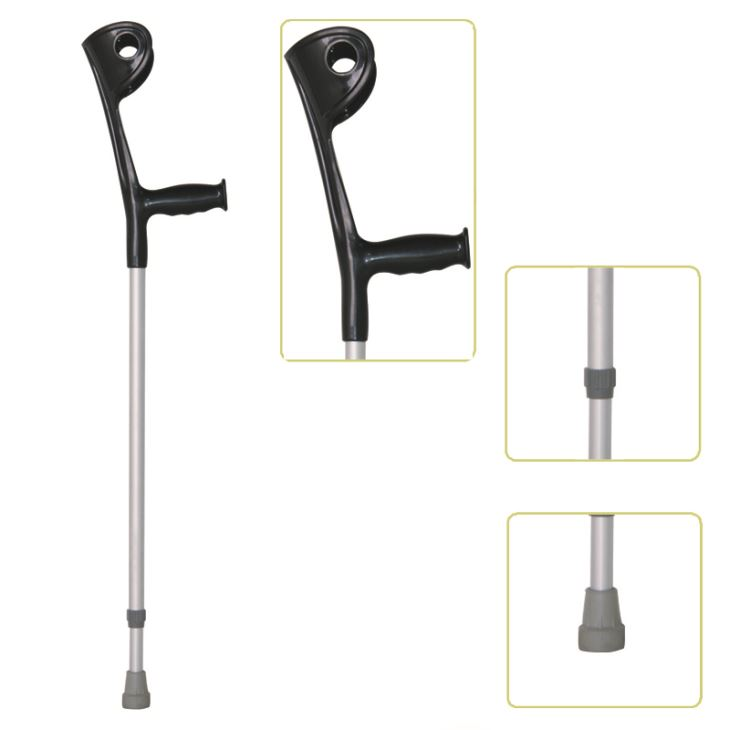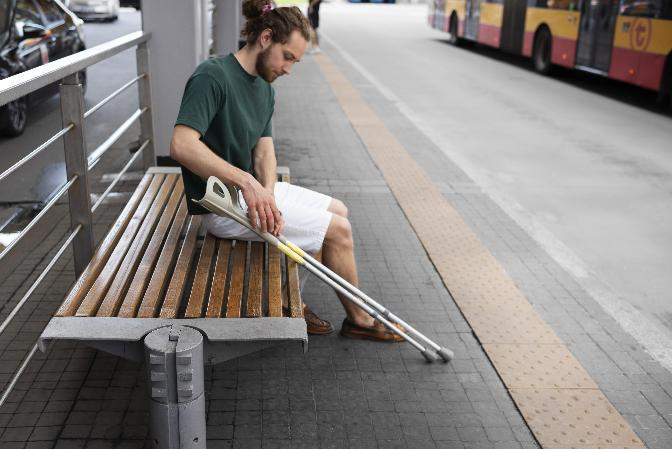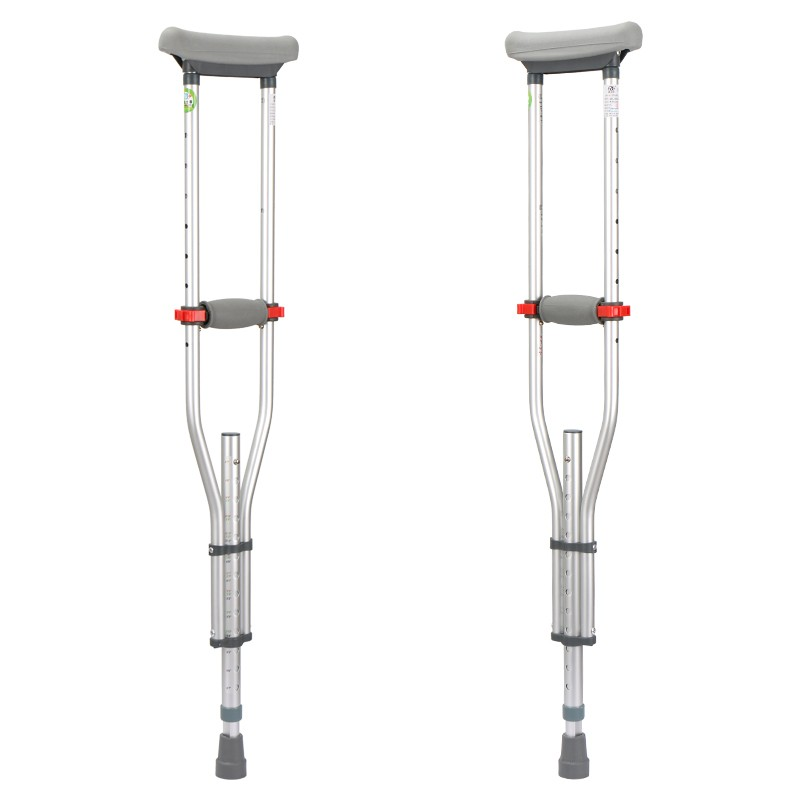Crutches are mobility aids designed to provide support and assist with walking for individuals who have temporary or permanent injuries or disabilities affecting their legs or feet. While crutches can be incredibly helpful in maintaining independence and mobility, improper use can lead to further injury, discomfort, and even accidents. It is crucial to understand the proper techniques and precautions when using crutches to ensure safety and effective use. This essay will outline some common mistakes to avoid when relying on crutches for ambulation.
One of the most significant mistakes people make with crutches is failing to adjust them to the correct height. Crutches that are too short or too tall can cause unnecessary strain on the arms, shoulders, and back, leading to pain and potential injury. Ideally, crutches should be adjusted so that the user’s armpits are approximately two to three inches from the top of the crutch pads when standing upright. Proper adjustment ensures a comfortable and ergonomic stance, reducing the risk of fatigue and overexertion.
Another common error is neglecting to use the appropriate technique for ascending and descending stairs. When going up stairs, users should lead with their stronger leg, followed by the crutches, and then the weaker leg. Conversely, when descending stairs, the weaker leg should go first, followed by the crutches, and then the stronger leg. Failing to follow this sequence can lead to a loss of balance, increasing the risk of falls and potential injuries.
Attempting to carry heavy or bulky items while using crutches is another mistake that should be avoided. Crutches require both hands to maintain proper support and balance, making it challenging to safely carry additional items. If carrying items is necessary, it is advisable to use a backpack or a bag with a strap that can be worn across the body, leaving both hands free for the crutches.
Furthermore, it is essential to exercise caution when navigating uneven or slippery surfaces. Crutches can easily slip or become unstable on such surfaces, increasing the risk of falls and injuries. Users should take extra care when walking on wet or icy surfaces, as well as on carpets or rugs that may cause the crutch tips to catch or slip.
Finally, it is crucial to avoid using crutches without proper instruction and guidance from a healthcare professional or physical therapist. Improper use of crutches can exacerbate existing injuries or lead to new ones, such as blisters, nerve compression, or muscle strain. Healthcare professionals can provide valuable advice on proper crutch fit, technique, and safety precautions to ensure safe and effective use.
In conclusion, crutches can be invaluable mobility aids, but their improper use can lead to unnecessary discomfort, injury, and accidents. By avoiding common mistakes such as improper adjustment, incorrect stair navigation techniques, carrying heavy items, neglecting surface conditions, and using crutches without proper guidance, individuals can maximize the benefits of these assistive devices while minimizing potential risks and ensuring their safety and well-being.
Post time: Mar-26-2024







